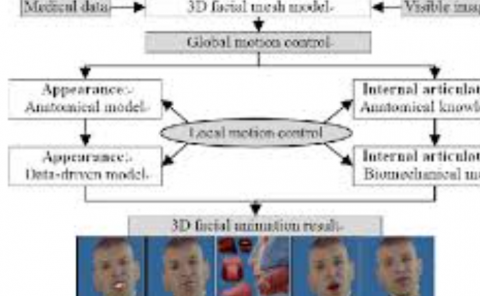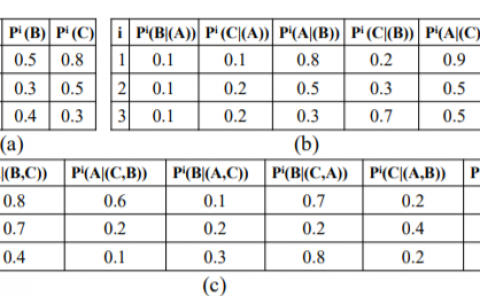Comparative Study of 3D Point Cloud Compression Methods
PubDate: January 2022
Teams: The Catholic University of America
Writers: Mai Bui; Lin-Ching Chang; Hang Liu; Qi Zhao; Genshe Chen
PDF: Comparative Study of 3D Point Cloud Compression Methods

Abstract
3D sensors such as LiDAR, stereo cameras, and radar have been used in many applications, for instance, virtual or augmented reality, real-time immersive communications, and autonomous driving systems. The output of 3D sensors is often represented in the form of point clouds. However, the massive amount of point cloud data generated from 3D sensors poses big challenges in data storage and transmission. Therefore, effective compression schemes are needed for reducing the bandwidth of wireless networks or storage space of 3D point cloud data. Several point cloud compression (PCC) algorithms have been proposed using signal processing or neural network techniques. In this study, we investigate four state-of-the-art PCC methods using two different datasets with various configurations. The objective of this study is to provide a comprehensive understanding of various approaches in PCC. The results of this paper will be helpful in developing an adaptive 3D point cloud stream compression benchmark that is efficient and benefited from different PCC techniques.


